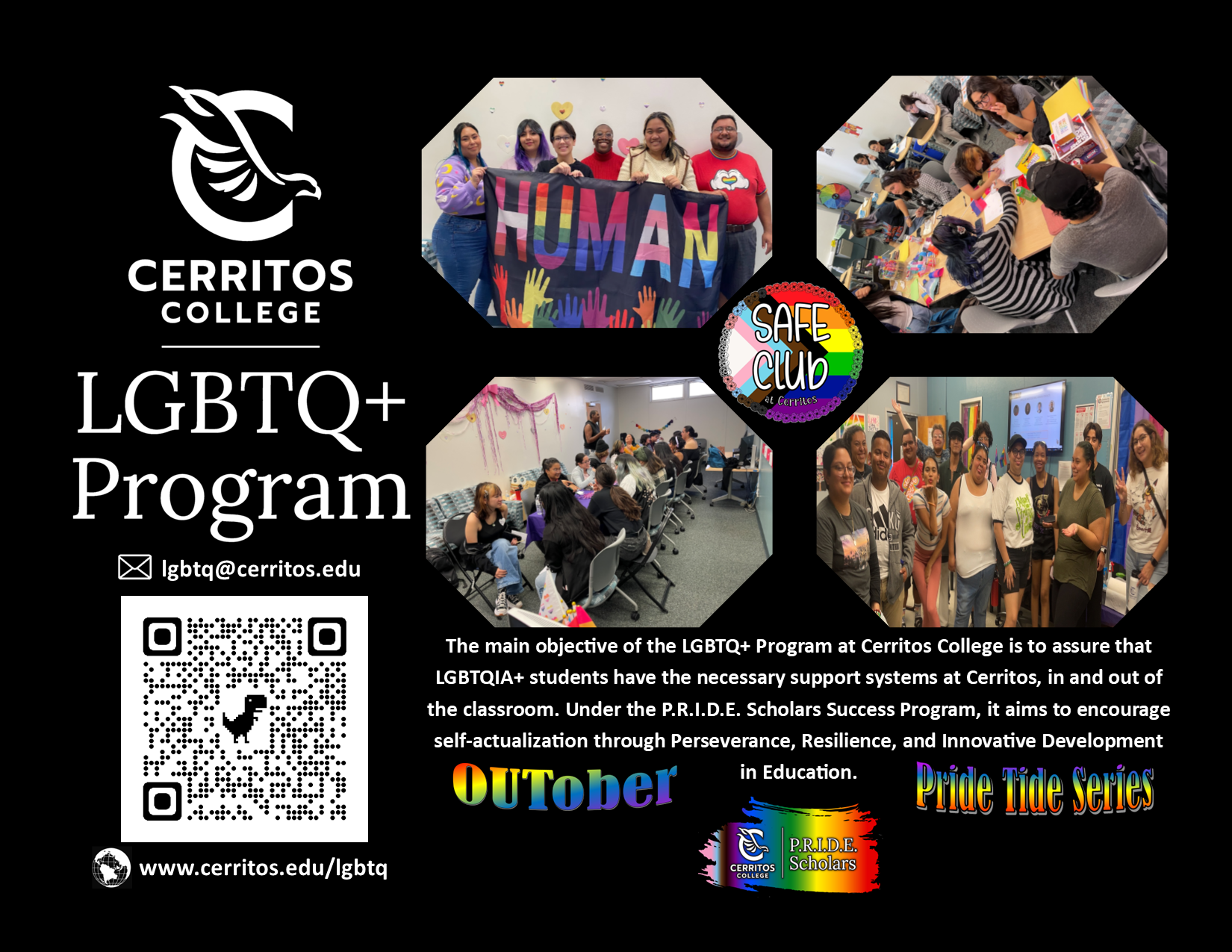N/A
August 29, 2022 – September 9, 2022
WINDOW DRESSING
WINDOW DRESSING, now in its fifth year, is an annual cycle of short-term installations located in the thirty foot long window vitrine on the exterior of the Cerritos College Fine Arts Building. Each two-week installation is accessible twenty-four hours a day, seven days a week. The Fall 2022 cycle includes installations by eight local contemporary artists.
Feast and Famine | Ashton Phillips
August 29, 2022 - September 9, 2022
Opening Reception: August 29, 2022 @ 7-9PM
The humble mealworm (tenebrio molitor) and its cousin the superworm (zophobas atratus) are the only creatures known to humanity with the power to transform the ubiquitous petroleum-based plastic polystyrene (i.e. styrofoam) into biodegradable components. Synthetic plastic goes in and biodegradable waste comes out. Part of a larger body of work exploring the capacity of nonhuman agents to remediate humanity’s ecological devastation, Feast and Famine focuses on the transformative and poetic power of this lowly mealworm as it consumes, metabolizes, and biodegrades styrofoam waste. Part living art installation, part posthuman catacomb, and part durational interspecies performance, Feast and Famineis an effort, as Donna Haraway has advised, to “stay with the trouble” and think beyond human-centric norms about what is precious, what is beautiful, and what is possible. For its current Window Dressing iteration, Feast and Famine combines chromatic lighting, window-amplified sound, and projected video, as well as mounds of partially-consumed polystyrene foam, interlaced with flowers, and related objects. The modified magenta lighting environment prioritizes the needs and preferences of the insects, which thrive in purple or red light and hide under the glare of full-spectrum light, but it also recalls the effects of stained glass in religious architecture, marking the space as more-than-mundane, while also evoking a kind of queer futurity, an alterior world where everything is bathed in a synthetic, hot pink light. The auditory element transforms the window of the gallery space into an amplification surface for a complex, interspecies sound composition, including the sounds of mealworms consuming styrofoam, humans consuming water out of styrofoam cups, container ships carrying flat pack boxes and styrofoam through the Port of Los Angeles, and the ocean carrying styrofoam debris back to the land. On the wall are projected portrait-like videos of individual insects recorded with digital microscopes and endoscopy cameras, a way of honoring the intimate, embodied specificity of the insects’ transformative labor, while also positioning the creatures on equal or higher footing with the human viewer, in contrast to traditional Western hierarchies that position the human as the closest to God. On the gallery floor lie accumulations of partially-consumed styrofoam, gathered flowers, and related objects, including silver and plastic vessels of mealworm frass. Simultaneously recalling a decaying altar, an adorned gravesite, and Dutch still life painting, the physical installation operates as a meditation on abundance, consumption, decay, and the slippery edges between the sacred and the profane.





